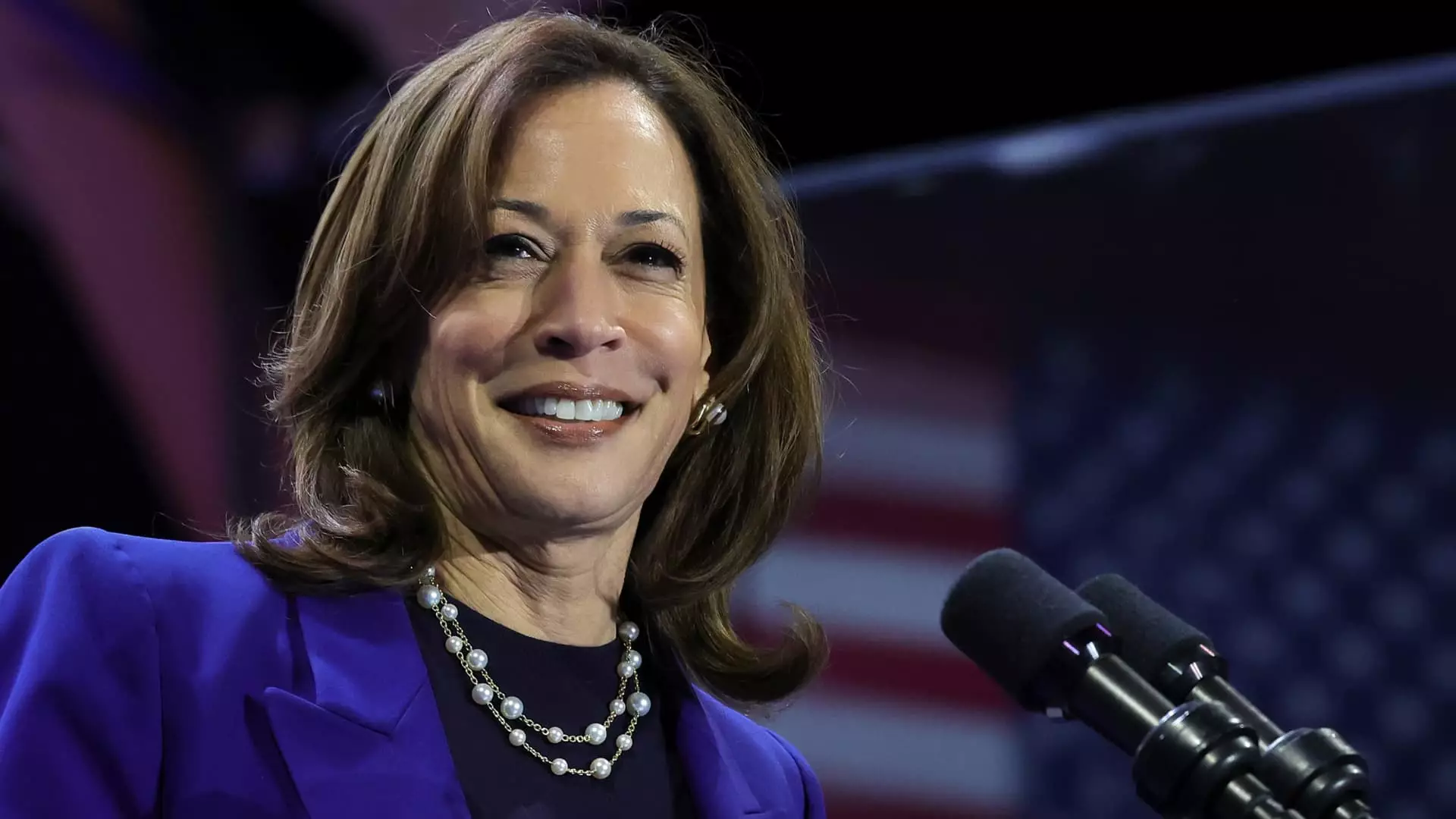A recent poll reveals that Kamala Harris is ahead of Donald Trump in Iowa by a narrow margin of 47% to 44% among likely voters. Released just days before Election Day, this unexpected finding contradicts long-held assumptions regarding Trump’s dominance in the state, which he previously carried by significant margins in the last two presidential elections. Political analysts were taken aback, as there had been little indication of a favorable shift toward the Democratic nominee among Iowa voters. The shift marks a notable 7-point increase in support for Harris since September, suggesting that the political landscape could be more volatile than many observers had anticipated.
Understanding the Voter Demographics
The dynamics behind Harris’s surge can be largely attributed to her appeal among female voters, particularly older individuals and politically independent demographics. This demographic shift indicates a changing tide in voter sentiment, as issues resonating with these groups may be influencing their decisions more strongly than before. J. Ann Selzer, president of Selzer & Co., remarked on the significance of age and gender dynamics in shaping voter preferences, emphasizing that these factors are pivotal in understanding the current electoral climate in Iowa.
Interestingly, the poll included 3% of respondents who expressed support for independent candidate Robert F. Kennedy Jr., who, despite ending his campaign in support of Trump, remains on the ballot. This anomaly creates another layer of complexity regarding potential voter behavior, as Kennedy’s presence could siphon off votes from both major candidates and alter the outcome in a close race.
While Harris’s lead in the Des Moines Register/Mediacom Iowa Poll indicates a potential shift in allegiance, Trump’s campaign quickly dismissed these findings as an “outlier.” They pointed to a more recent Emerson College poll, which placed Trump ahead of Harris by 10 points. Meanwhile, these conflicting poll results emphasize the inherent uncertainty in polling data, particularly in the context of an increasingly polarized political landscape.
This uncertainty is further compounded by the fluctuating electorate, as evidenced by previous polls. In June, Trump led Biden by a staggering 18 points, and according to the most recent data from June, he had a 4-point advantage over Harris. The recurring variations highlight the challenges in gauging voter sentiment in the lead-up to the election, where strategies and political messaging play a crucial role in swaying opinions.
The discrepancies among these polls raise questions about not just the immediate electoral race but also the broader implications for both parties. Harris’s surprising rise in Iowa suggests that traditional voting patterns might not be as reliable as previously thought. As voter priorities evolve, both campaigns may need to recalibrate their strategies to address the specific concerns of key demographics that could ultimately determine the election’s outcome.
While the upcoming Election Day poses numerous uncertainties, this latest polling data serves as a vital reminder that political landscapes can shift rapidly. The findings urge both parties to remain vigilant and responsive to voter sentiment, as success at the ballot box may hinge on their ability to adapt to the changing political currents.


Leave a Reply